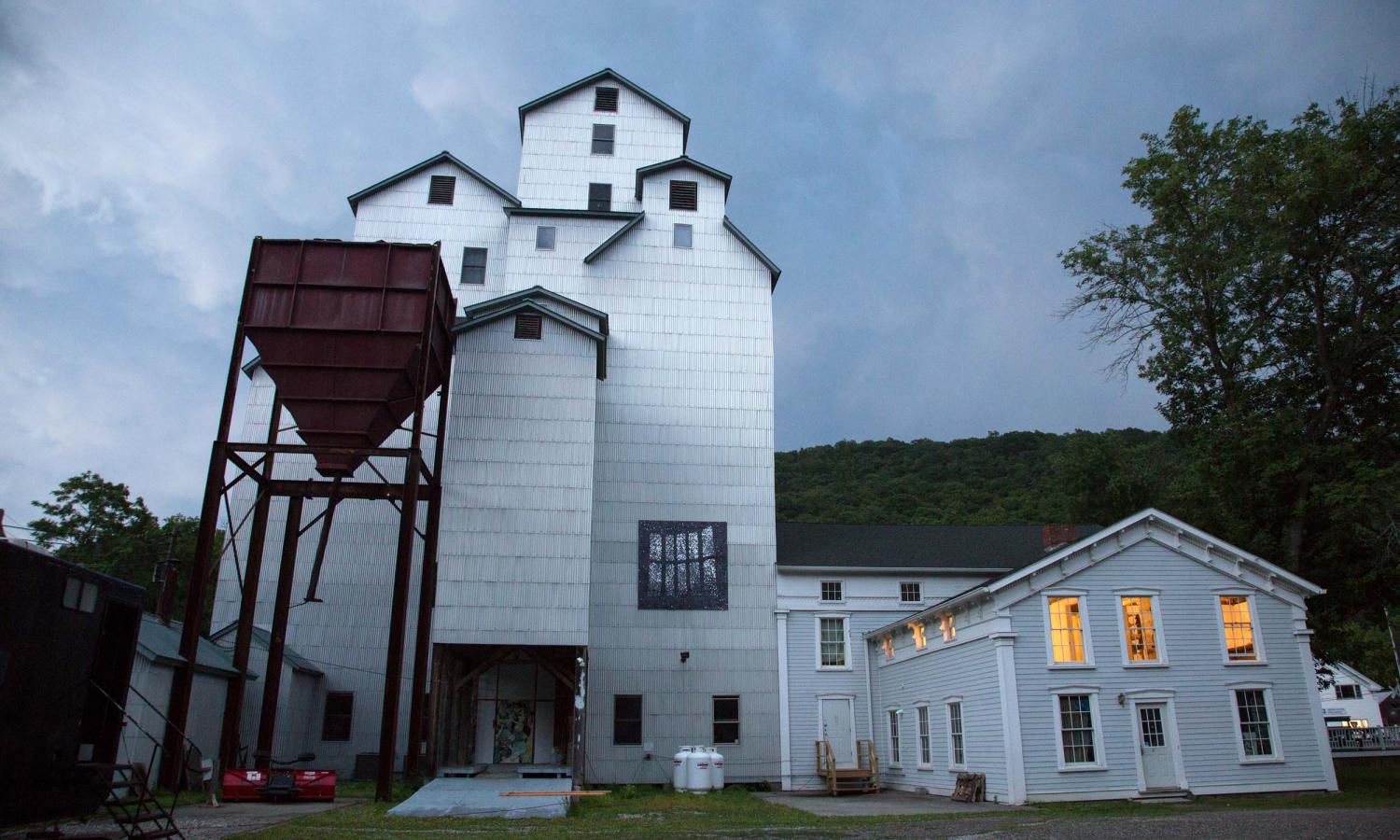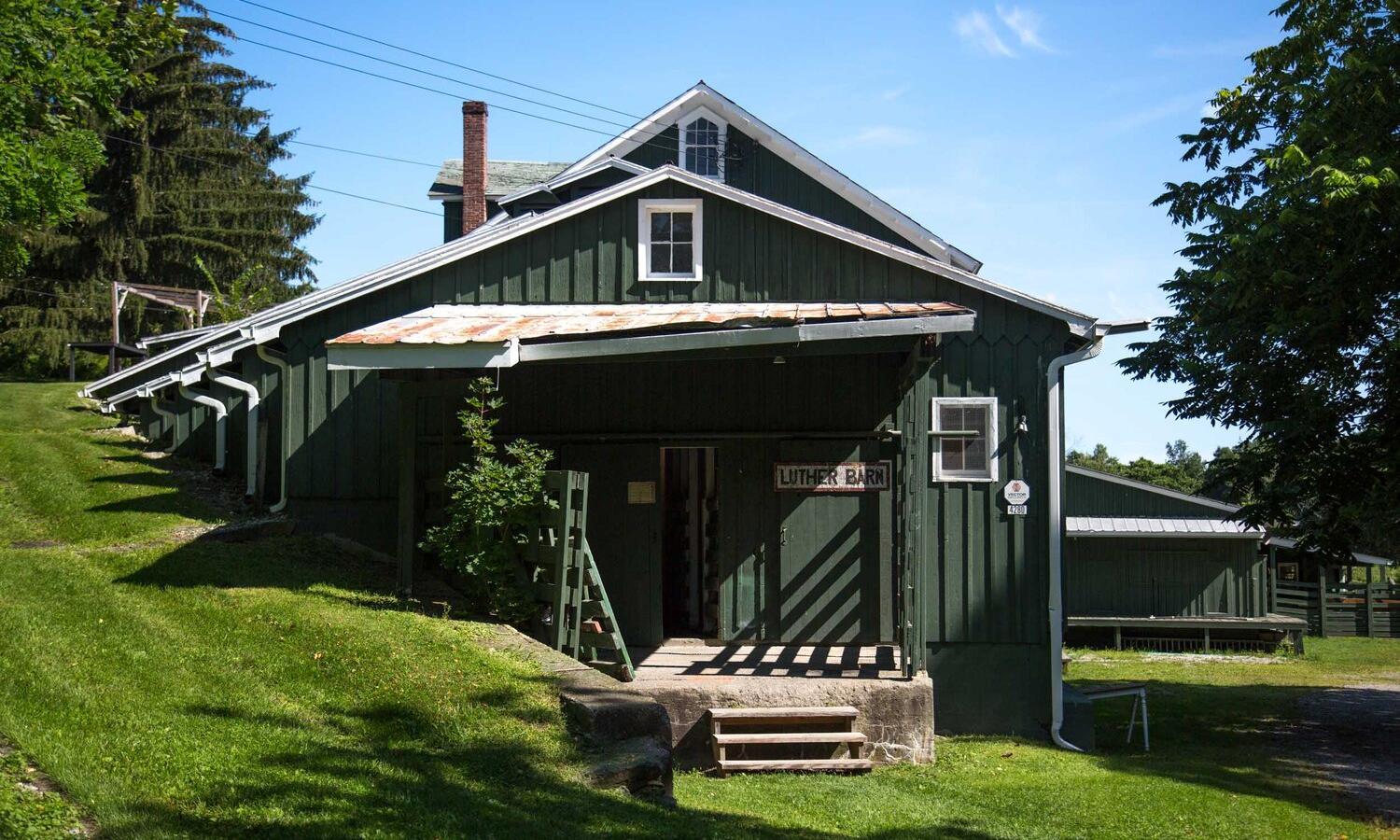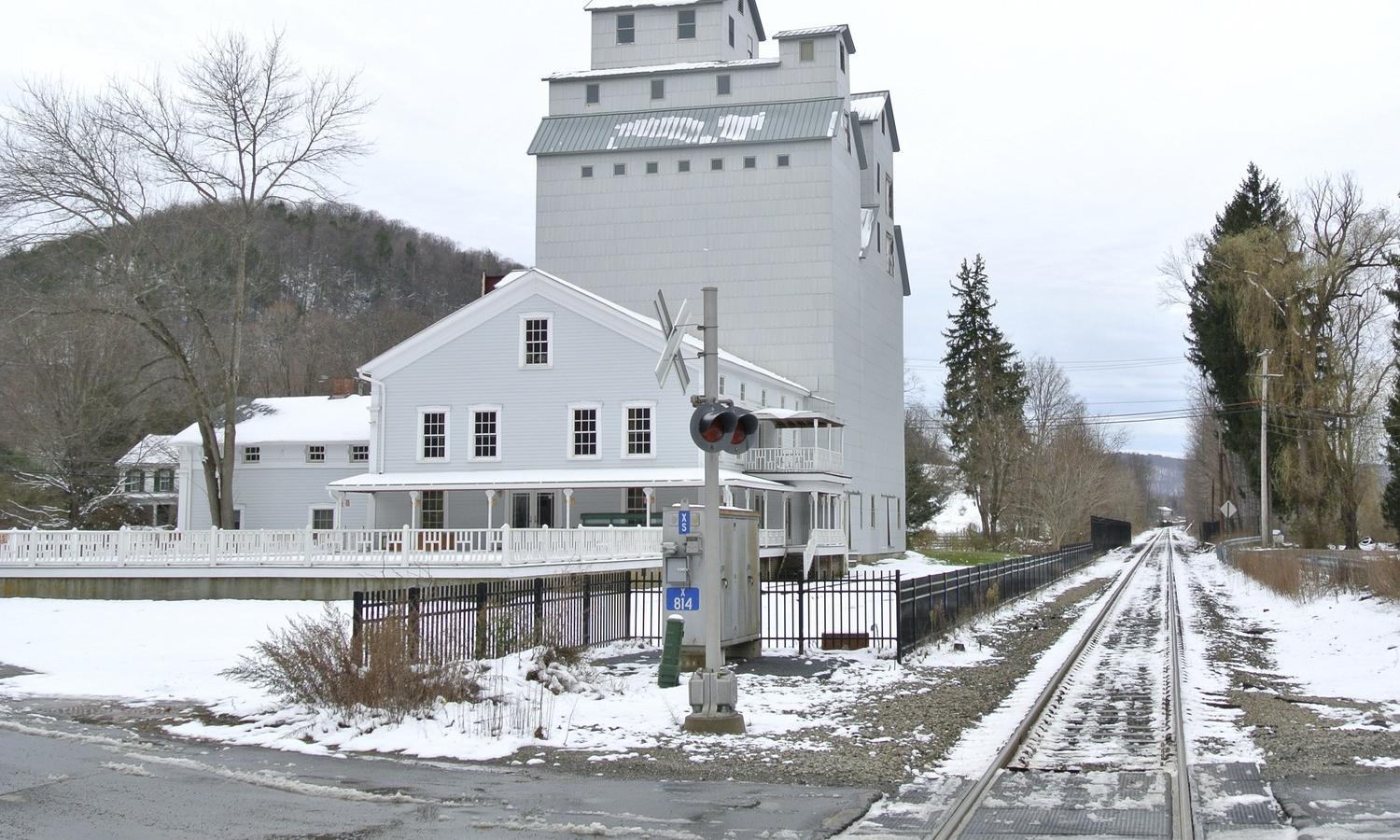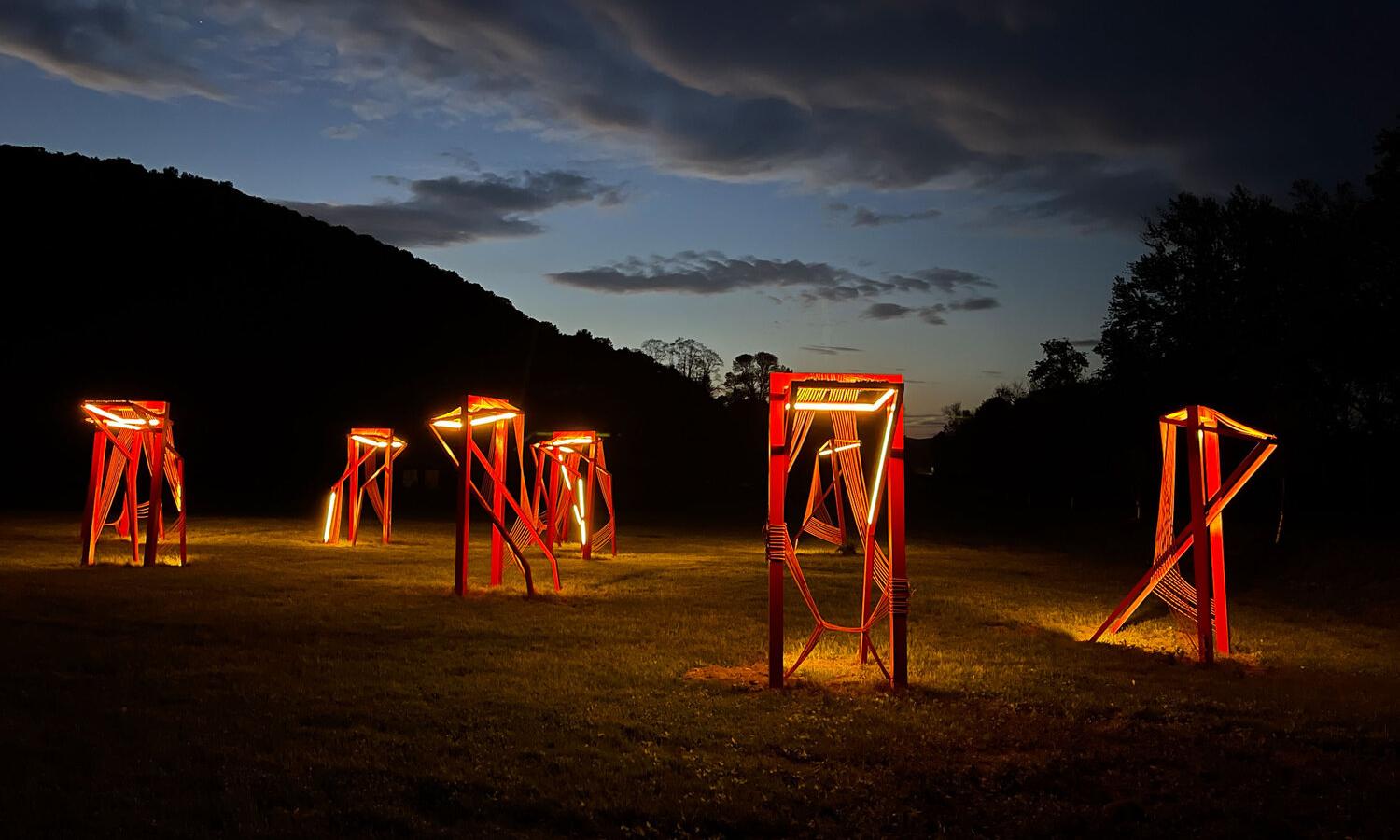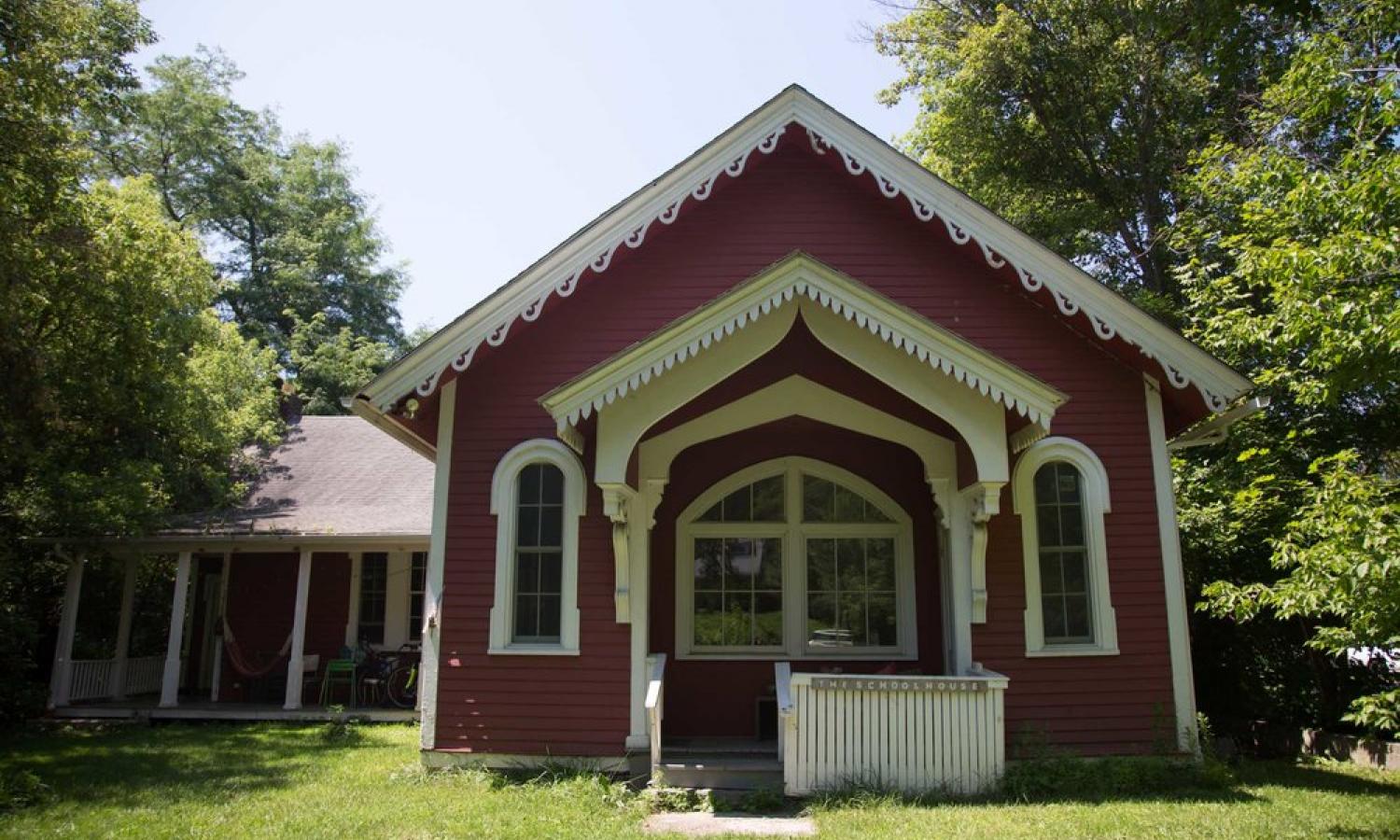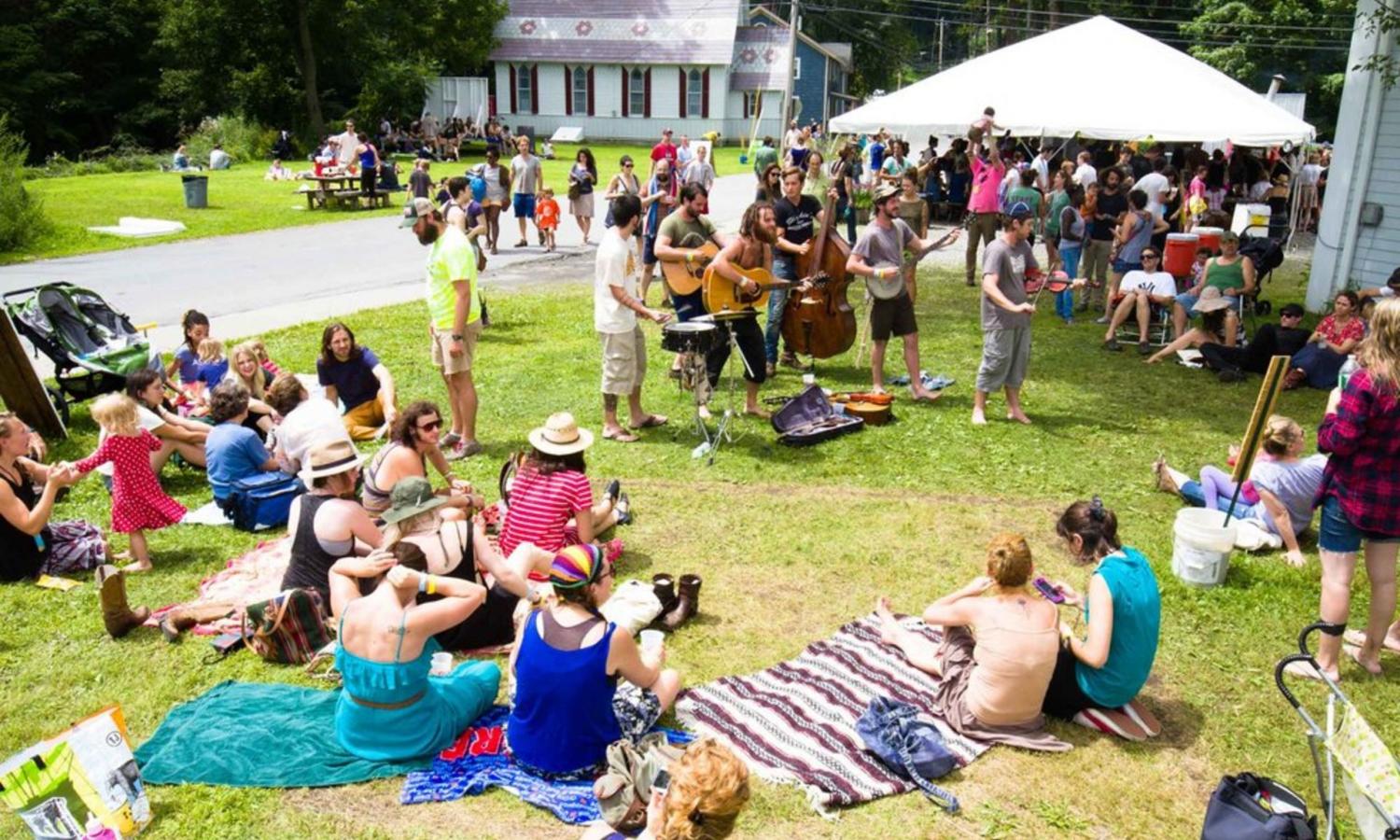Wassaic Project Artist Residency
Mission
The Wassaic Project, a 501(c)(3) non-profit organization, uses art and arts education to foster positive social change. We nurture connections between our artists and our neighbors facilitating a mutual broadening of perspectives and respect across economic and cultural boundaries.
Vision
The Wassaic Project envisions a community in the Hamlet of Wassaic and its surrounding region that is socially inclusive, generous, cooperative, and economically vibrant.
We engage in a collaborative effort with members of our community to develop programs that are creative, experimental, and accessible across the economic spectrum.
We strive to be actively anti-racist and to have diversity, equity, inclusion, and accessibility as an integral part of our programs and initiatives. We will continually evaluate, solicit feedback, and evolve our efforts to ensure their effectiveness.
We build local pride and community vitality by an informed sense of the past and a clear, contemporary, innovative, and compassionate look toward the future.
We foster the youth in our community and help them realize their full potential.
We aim to be financially stable with a creative staff and multiple partners — nonprofit, public, and private.
It is our hope that the work that we do in Wassaic will be shared nationwide and serve as a toolkit for community revitalization through the arts and the spirit of generosity. Above all else, we honor and respect our community.
37 Furnace Bank Road
Wassaic, NY 12592
United States
Residency Program Information
Residency Program Summary
Application Information
Application Requirements
-
Contact information
-
1–10 work samples
-
CV (3 pages max)
-
2 references
-
$25 application fee
-
Proposal: We believe our residency works best as a creative laboratory untied to outcome. We would like to hear about what makes you curious, what you are interested in investigating, and what your jumping off point would be. (200 words max)
-
Optional question: We want to look at your work according to your definition of success. Are there additional criteria that you would like the panel/us to consider when reviewing your work? For example: What do you consider to be a successful piece or process? If you work with a community, the artistic product may not be the sole or most important creation of the work. Are there other impacts and creations in your process we should focus on? Please share any documentation that could bring us close to these impacts—interviews, testimony from participants, writing about the work, images from an event, etc.
Review
Artists-in-residence are selected by a review panel composed of the Wassaic Project Co-Directors, Director of Artistic Programming, and professionals in the field. Residents will be selected based on the quality of their work, commitment to their practice, and ability to interact positively with the community at large.
For more info:
The actual cost of each residency is $5,000 per month, which includes a semi-private studio, private bedroom, full use of our facilities, visiting artist program, studio visits, insurance, and staff support. In an effort to serve and support emerging artists, we attempt to subsidize residencies for all individual artists who do not have other forms of support. Thanks to the generous support of donors and grants, the artist’s contribution for the winter residency program is $600 per a 4-week period.
We also offer need-based financial assistance to artists-in-residence for whom it would be impossible to attend without financial support. Financial need is self-reported by artists in their applications. We ask that artists who are in a position to fully contribute towards the residency fee please do so.
The Wassaic Project offers the following Fellowships:
- The Work and Family Fellowship offers no-fee residencies and $500 honorariums to several artists-in-residence per year participating in the Family Residency program.
- The Sustainable Arts Fellowship offers no-fee residencies and $500 honorariums to several artists who identify as Black, Indigenous or a Person of Color per year participating in the Family Residency program.
- The Mary Ann Unger Fellowship offers a no-fee residency to 1 female-identifying artist who identifies as Black, Indigenous or a Person of Color per year who primarily works in sculpture.
- The ArtForArtists Fellowship for Social Justice Based Practice offers a no-fee residency and $500 honorarium to 1 artist who identifies as Black, Indigenous or a Person of Color per year.
To be considered for the Work and Family Fellowship and Sustainable Arts Fellowship:
In your application, please take some time to reflect on the ways in which care and caregiving, whatever those words mean to you, come through (or might come through) in your work. It’s okay if this isn’t something you’ve considered before. We think of these Fellowships as a starting point towards building a future where artists shape the way society sees and values care.
All applicants are considered for the Mary Ann Unger Fellowship and the ArtForArtists Fellowship for Social Justice Based Practice and do not have to complete any additional information on their application.
Accessibility
We operate out of historic agricultural buildings, so many of our spaces are not accessible at this time. The ground floor of Maxon Mills has ramp access through a side entrance, and an ADA-compliant bathroom accessible from outside. The Auction Ring, where we host our artist lecture series in the summer, has some seating that is accessible by ramp. Our other spaces are all up at least one set of steps. Visitors who need to move around, twitch, pace, or not make eye contact are welcome. If you have access needs not addressed here, email us and we’ll work with you to support them.
N/A
The ground floor of Maxon Mills has ramp access through a side entrance, and an ADA-compliant bathroom accessible from outside. The Auction Ring, where we host our artist lecture series in the summer, has some seating that is accessible by ramp. Our other spaces are all up at least one set of steps.
We operate out of historic agricultural buildings, so many of our spaces are not accessible at this time.
Housing & Accomodation
For communal spaces, we have a small kitchen space and a library on the second floor of our main building (accessible only via stairs). Each residency house has a shared kitchen and living room.
Studio & Facilities
Our summer studios are in the Luther Barn. It’s airy, and it’s historic (built in 1875), and it’s right in the heart of town. Residents work out of 200-300 square foot refurbished livestock pens under wood beam ceilings (or outside, if they'd like). They have 24-hour access to their studios, our print shop, our wood shop, and our ceramics studio.
Winter residents receive 24-hour access to an adaptable, semi-private, ~100 square-foot studio space in the historic Maxon Mills.

